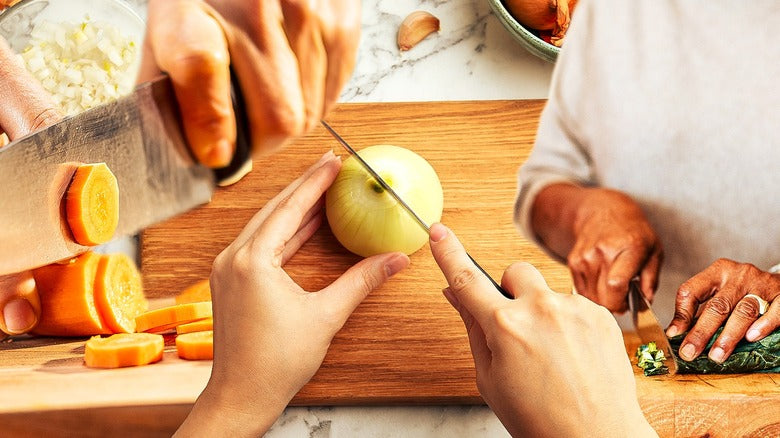As kitchen professionals, its essential to understand various cooking techniques to enhance the culinary experience. One such ingenious technique is making canna oil in a saucepan, which has gained significant traction among culinary enthusiasts and professionals alike. In this article, we will dive deep into the intricacies of this processhow to prepare, what to consider, and some tips to ensure that the final product meets the highest standards.

The Basics of Canna Oil
The foundation of making canna oil starts with understanding what it is. Canna oil is essentially an infusion of cannabis into oil, allowing the flavor and beneficial properties of the plant to meld beautifully with the cooking medium.
Why Use a Saucepan?
A saucepan is an ideal choice for this project due to its versatility and ability to evenly distribute heat. This is critical, as overheating can destroy cannabinoids, leading to a less effective final product.

Ingredients and Equipment Needed
- High-quality cannabis (dried flowers or trim)
- Carrier oil (coconut oil, olive oil, or others)
- A saucepan with a lid
- Fine mesh strainer or cheesecloth
- Storage container (preferably glass)
The Process: Step-by-Step
Now that we have the essentials ready, lets break down the procedure into clear, manageable steps.
Step 1: Decarboxylation
The first step on your journey of how to make canna oil in a saucepan is decarboxylation. This process activates the THC and CBD in the cannabis, making them more bioavailable.
1. Preheat your oven to 240F (115C).
2. Spread your cannabis evenly on a baking sheet.
3. Bake for about 30-40 minutes, stirring occasionally.
After baking, allow the cannabis to cool.Step 2: Preparing the Saucepan
1. Measure out the decarboxylated cannabis to approximately 1 cup.
2. Choose your carrier oil; coconut oil is most preferred for its high fat content.
3. In your saucepan, combine the cannabis and oil in a 1:1 ratio (1 cup of oil for every cup of cannabis).
4. Turn your stove on low heat; its crucial not to burn the oil.Step 3: Infusing the Oil
1. Let the mixture simmer for 2 to 3 hours, stirring occasionally.
2. Keep the heat low (ideally around 160F or 70C) to prevent burning.
3. You should see the oil become a more vibrant green hue, indicating its infused.
4. Be patient; the longer you allow it to infuse, the stronger the potency.Step 4: Straining the Oil
1. Once infused, remove the saucepan from the heat and allow it to cool for 10 minutes.
2. Use a fine mesh strainer or cheesecloth to separate the oil from the plant material.
3. Store the strained oil in a clean, airtight glass container.
4. Label the container with the date and strain name for future reference.
Tips for Successful Canna Oil
To ensure success, consider the following tips:
- Always decarb correctly before infusion.
- Choose high-quality cannabis for better flavor and potency.
- Experiment with different kinds of oils to find the flavor profile you enjoy.

Common Mistakes to Avoid
Even seasoned chefs can make simple mistakes while creating canna oil. Here are some pitfalls to avoid:
- Applying too much heat that degrades active compounds.
- Not properly straining the oil, leading to a gritty texture.
- Not storing oil properly, risking spoilage.
Conclusion
Learning how to make canna oil in a saucepan adds a new dimension to your culinary skill set. This unique infusion not only provides flavor but also introduces the therapeutic benefits of cannabis. Take your time, enjoy the process, and your canna oil will be a rewarding addition to your kitchen arsenal.
FAQs
- Q: How long can I store canna oil?
- A: If stored in a cool, dark place, it can last up to a year.
- Q: Can I use different oils?
- A: Yes, but results can vary based on the oil's flavor and properties.
- Q: Can I use trim instead of flower?
- A: Absolutely, trim can be a more economical choice.
As an Amazon Associate, I earn from qualifying purchases.






Leave a comment
This site is protected by hCaptcha and the hCaptcha Privacy Policy and Terms of Service apply.